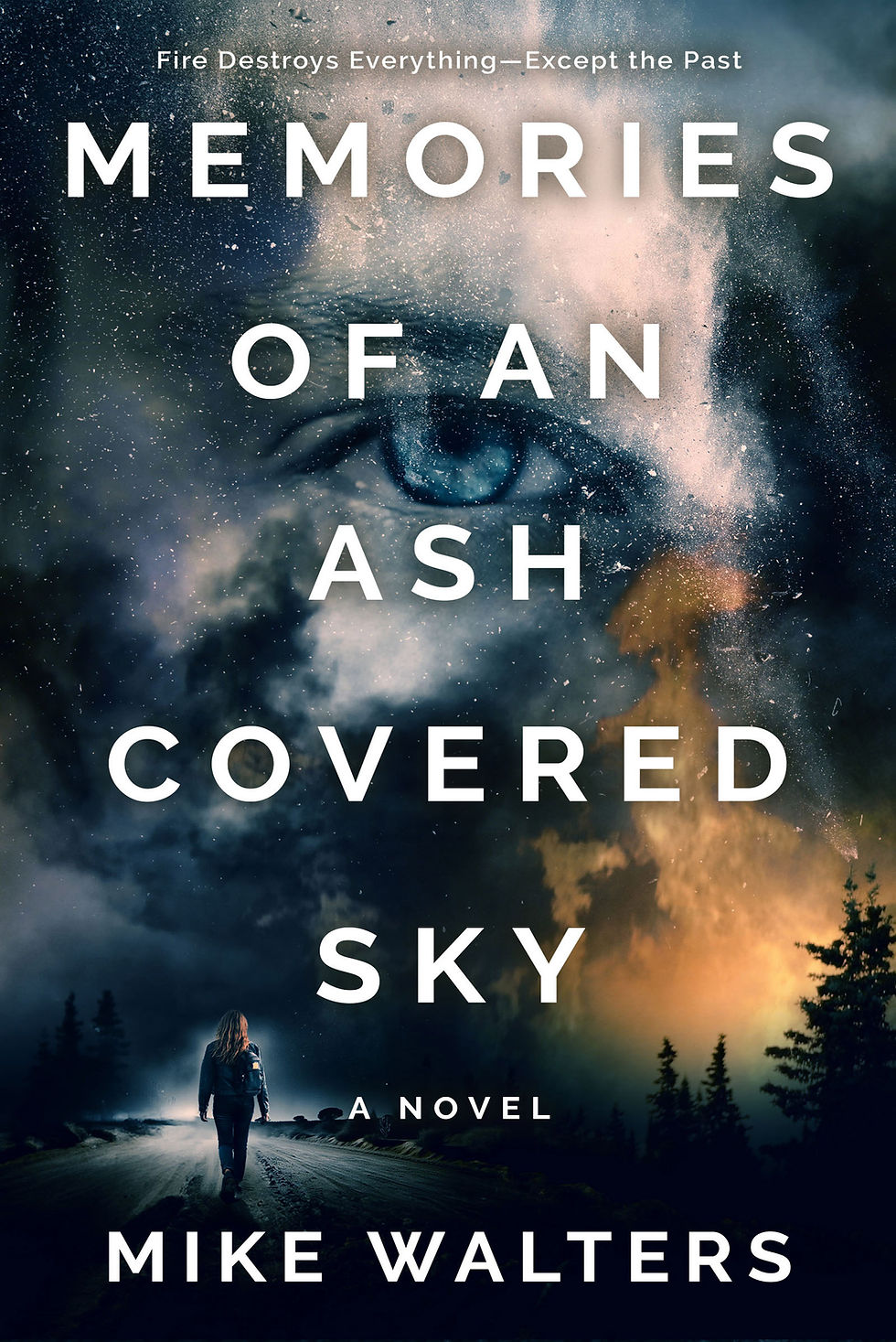Stories Rooted in Place: How Landscape Shapes the Stories We Tell
- Mike Walters

- Jun 22
- 4 min read
Updated: Jul 2
When I sit down to write a novel, the first thing that shows up usually isn’t a plot or a character; it’s a place. A trail I’ve walked a hundred times. A stretch of river that keeps changing with the seasons. A valley scarred by fire, still beautiful in its own way. That sense of place drives everything else.
I write my novels nestled in the wilds of Southern Oregon, but I’ve noticed something while reading other authors: no matter where a story is set, North Carolina, Alaska, the Midwest; some places just feel familiar. It's not about the Pacific Northwest specifically. It’s about how the land shapes the people, and how those people, in turn, carry that land in them.

In this post, I want to highlight a few books I've read that get this right. They might not be set where I live, but they feel like they could be. They're about home, survival, nature, and how we make sense of ourselves in the places that raised us or challenged us.
When the Land Isn’t Just a Backdrop
Some books treat setting like wallpaper; nice to look at, but not all that important. Others make it feel alive, like a character in the story. That’s what I connect with.
The Great Alone by Kristin Hannah
This one’s set in Alaska, and it pulls no punches. You’ve got brutal winters, off-grid living, and a family trying to hold it all together; or at least survive each other. It’s raw and emotional, and the wilderness feels like it’s pushing back every step of the way. Even if you’ve never been to Alaska, you’ll feel it in your bones.
Where the Crawdads Sing by Delia Owens
Set in the marshes of North Carolina, this one hit home in a different way. The solitude. The quiet watching. The way nature becomes your only constant when everything else falls apart. It’s not the Pacific Northwest, but the feeling? It’s familiar. Deeply.
Community, Identity, and All the Mess In Between

Some of the best stories aren’t just about the land, they’re about the people stuck on it together. Family, friends, strangers who become something more. The kinds of relationships that get shaped (and tested) by where we’re from.
The Round House by Louise Erdrich
This novel is set on a Native reservation in North Dakota. It’s about a boy trying to make sense of a crime committed against his mother, and what justice really looks like in a place that’s been forgotten by most of the country. The characters, the place, the weight of history: it’s powerful stuff.
The Last One by Alexandra Oliva
Part survival story, part social commentary, this one takes place in a fictional version of the Pacific Northwest. A woman signs up for a survival reality show, and the world basically ends while she’s off the grid. It's eerie, intense, and makes you think about what really matters when things fall apart.
Big Questions Through the Lens of Nature and Family
A lot of regional fiction deals with the environment, not just the earth itself, but how it holds up (or doesn’t) under the weight of generations. The land becomes a mirror for

everything we inherit, and everything we try to escape.
A Thousand Acres by Jane Smiley
Set on a farm in Iowa, this one’s a slow burn that sneaks up on you. It’s a retelling of King Lear, but grounded in real, hard soil. Three daughters. A controlling father. A legacy of silence and damage buried deep in the land and the family alike. It’s a story about what gets passed down, good and bad, and how even the flattest places can carry the heaviest weight.
This Is How It Always Is by Laurie Frankel
Set in Seattle, it’s more about family and identity than the land itself, but the Northwest vibe is definitely there; open-mindedness, change, trying to build a life that makes room for the people we love exactly as they are. It’s heartfelt, brave, and real.
The Line between Lived and Written
Some stories come from somewhere deeper than imagination. Whether labeled fiction or nonfiction, they’re built from real moments; grief that lingers, questions that never got answered, love that showed up when it wasn’t supposed to. You can feel the truth in them, even if the names or timelines have changed. These are stories that blur the line between what happened and what needed to be told.

Her memoir captures the essence of the American West; the unforgiving terrain, the silence, the healing power of solitude. The trail becomes a mirror, and she doesn’t always like what she sees—but she keeps going. That part sticks with me.
Memories of an Ash Covered Sky by Mike Walters
Yeah, that’s mine. Set during the Almeda Fire here in Southern Oregon, it follows a father and daughter who are both carrying way more than they’re saying out loud. I wrote it to work through some stuff, plain and simple. But also to show how fire doesn’t just destroy, it transforms. The land. The people. Sometimes both.
More Than a Map
In the end, it’s not about North vs. South, East vs. West. It’s about stories that feel like they grew out of the dirt. Stories that smell like woodsmoke or sea air or dry summer grass. Stories where the setting matters; because that’s how it works in real life, too.
So wherever you’re from, wherever you are, I hope you find something here that reminds you of home, or helps you understand it a little better.
Thanks for reading. And as always-Get Outside.



Comments